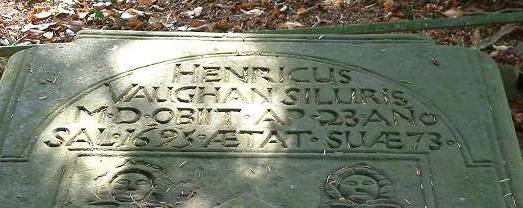The most recent tool for genealogists is the study of DNA as it relates to families. This new tool allows us to search for our genetic cousins, and can solve the question of relationships.
In studying my own ancestry I have found close relationships between some Hatton, Hutton, Hatten, Knowles, Langford, Forbes, Hancock, Smyth, Vint, Gubbins [DeGobian], Price, Moore, Bullock, Skidmore/Scudamore, Sims, Rich, and others.
The origin of most of these families, if not all, is the mid-lands of England, Scotland, Ireland, and Wales.
In many cases the origin of the surname is similar.
Hatton [place on a heath] Haughton [high place, or place on the side of a hill] Knowles [Place on a hilltop].
The Genetic markers thus far indicate that certain Hattons and Huttons in our study are Celtic. This is determined by looking at markers DYS 390, 391, 392, AND 393. Almost all of those tested fall into this group. Some of the males in Spain also have these markers, likely from the Iberians.
The Iberians were ancient people of Spain. Some scholars have argued that they migrated from Africa in the Neolithic period and again at the end of the Bronze Age, while the archaeological evidence has been interpreted to suggest that Iberians had an E Mediterranean origin dating to the 3d millennium B.C. They were first mentioned in the 6th. century B.C. after they had settled in E Spain and the Ebro Valley. The Iberian Peninsula, i, e., Spain and Portugal, is named for them. The high point of the Iberian civilization was reached about the 4th. century B.C., and thereafter their culture came under the influence of Carthaginian colonization. About the 4th. century B.C. began the Celtic migration into Spain, which lead to an increased dissolution of Iberian culture. After the Roman conquest of Spain the Iberians gradually accepted Roman culture.The theory that the Iberians and the Basques were identical has been discredited by modern research.[ See A.A. Palau, The Iberians [1963];D.E. Vassberg, Land and Society in Golden Age Castille [1984].
Note: The Silures, found in the area of Wales, were a tribe from Iberia. A grave marker in Wales states Silurist. This marker was placed at the time of death 1695 and was likely based on the thought by many in the area that they were descended from the Silures [Iberians}.
However, there are two more likely scenarios. First the Genetic markers could be Celtic from the invasion and migration of the Celts into Iberia, or more likely the settlement of Irish-[Scots] who left Ireland and sailed up the Severn River and settled along the coast. Evidence of this is in the DNA and the names. Brain/Brayne was likely MacBrayne etc. [Ernest Hatton 2001] The signature DNA of Collla Uais, High King of Ireland, 300 A.D. who later settled in Scotland.


